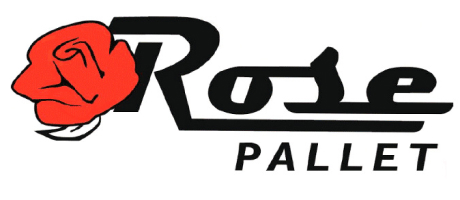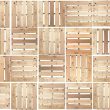Common Wood Pallet Infestations
Many people are concerned with the number of trees cut down. In reality, multiple sources state that we are actually adding two trees for every one removed. Meanwhile, each year insects are destroying more trees in our forests than wildfires. Due to this fact, those in the wood pallet industry and all export/importers are concerned with the integrity of the wood pallets on each shipment.

Mold and Fungi
Wood pallets are porous due to the lumber used to create them. This means that they are able to harbor mold. The adverse effects of mold are well known on our respiratory systems. Food manufactures and others with sensitive materials should be very aware of this as it may affect items stored on top. To avoid mold build up, ensure pallets remain dry. Dark damp areas with poor ventilation, are the worst areas for pallet storage. Outside of health risks, mold does also compromise the structural integrity of wood pallets. This can cause injury as well to anyone handling materials with them.
Pests and Larvae
Unfortunately wood is an attracter of many different pests. Termites are notorious for infesting wood including pallets, as they feed on materials found in lumber. They can cause extensive damage, weakening their structure. This means a worker can be using a pallet, and it may fall apart. This can cause damage to the product or even worse, the worker. This is just a well known threat, one of the other large threats is the Asian long-horned beetle. So far this Asian long-horned beetle has been found in five states: New York (1996), Illinois (1998), New Jersey (2002), Massachusetts (2008), and Ohio (2011). It is reported that around 90% of recently established highly damaging wood-boring insects were found on this pathway.
The emerald ash borer is another pest from Asia that was brought over on wood pallets. It is reported to have first been spotted near Detroit, Michigan. Since then, other Midwestern cities have had their own cases. There were genetic analyses of these beetles collected in Michigan, Illinois, and Indiana that suggest they share a single source. They may most likely be coming from China or South Korea.
The aftermath and regulations
The USDA adopted wood packaging standards developed by an international commission called the International Plant Protection Convention (IPPC), which protects plants from invasive species globally. When shipping internationally, you should also be ensuring you are following the wooden packaging standards, or you can be rejected at customs. These are the ISPM-15 regulations, which can be identified with a heat treatment stamp on each pallet individually.
To partner with a provider who provides regulation approved heat treatments and even mold guards, fill out our quote form here.












